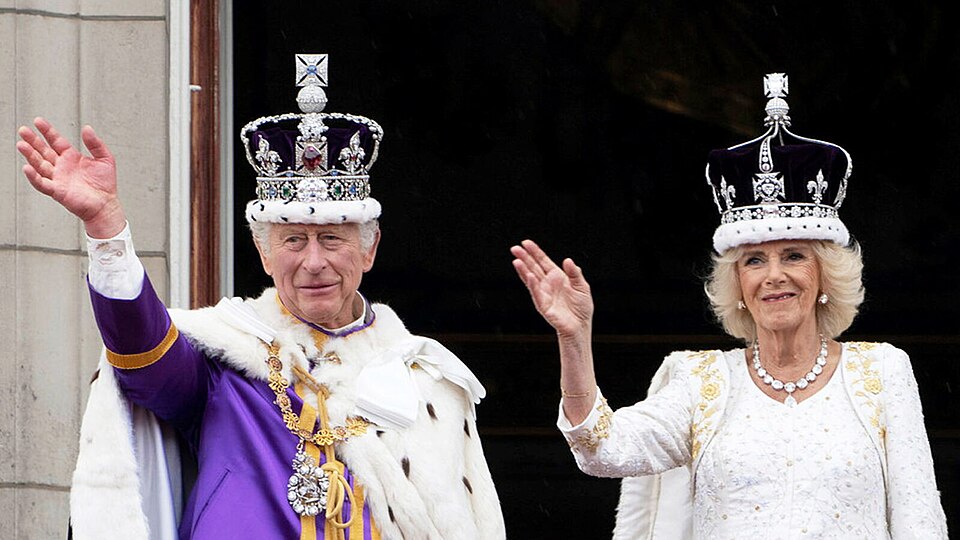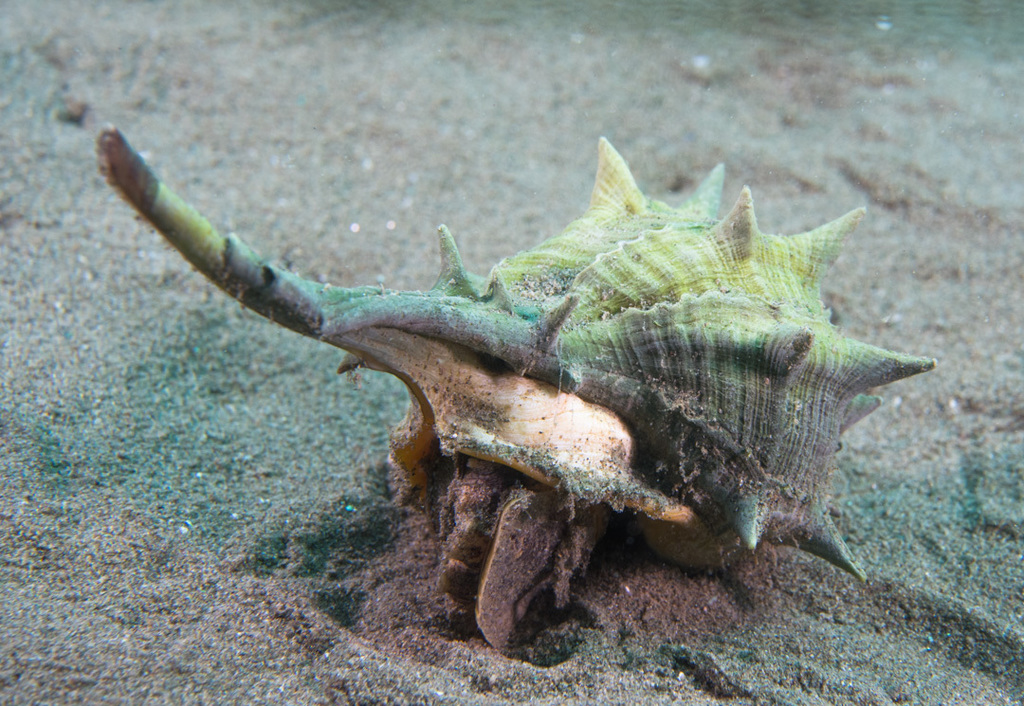Why Purple is the Royal Color
Pictured above are King Charles III and Queen Camilla at their coronation in May 2023. They’re wearing crowns (which at quick glance seem so cartoonishly large as to make one wonder if they photoshopped on), both of which are a deep purple. King Charles is wearing a robe that is also a shade of purple. That’s not an accident — for centuries, throughout Europe in particular, the color purple has been associated with royalty. Children born to European regents are even said to be “born in the purple.”
The reason why purple gets the royal treatment boils down to the basic principle of supply and demand — go back a few centuries, and the supply of purple dye was very limited (and as far as demand goes, who wouldn’t want a purple crown?). That’s because purple dye came from these guys.
Yes, that’s a snail — specifically, the spiny dye-murex (Bolinus brandaris). They’re not rare themselves — you’ll find them around the Mediterranean Sea, particularly on the shores and in shallow water. They’re snails, so they’re easy to collect in large numbers. And if you wanted to dye something purple before the mid-1800s, that’s a good thing, because you’d need a lot of them. And a lot of patience.
The purple dye used since antiquity — called Tyrian purple — comes from these snails. Named after the city of Tyre in what was then Pheonicia (now Lebanon), where the snails were plentiful, the dye was sought after because it was particularly durable — as the BBC notes, “unlike other textile colors, whose luster faded rapidly, Tyrian purple only intensified with weathering and wear – a miraculous quality.” That alone made the dye valuable; per the BBC, it “commanded an exorbitant price, exceeding the pigment’s weight in precious metals.”
But what made Tyrian purple even more valuable was how hard it was to obtain. As History.com explains, “to harvest it, dye-makers had to crack open the snail’s shell, extract a purple-producing mucus, and expose it to sunlight for a precise amount of time. It took as many as 250,000 mollusks to yield just one ounce of usable dye.” That, by any measure, is a lot of snails. Tyrian purple was very hard to come by.
That alone would have made purple something only the richest of the rich could afford, and for most of human history, that category was nearly synonymous with royalty anyway. But just to make sure, at least one ruler barred common folks — even those with enormous wealth — from buying the dye. As reported in the above-linked BBC article, “In ancient Greece, the right to clad oneself in purgative purple was tightly controlled by legislation. The higher your social and political rank, the more extracted rectal mucus you could swaddle yourself in. According to the Roman historian Suetonius, King Ptolemy of Mauretania’s sartorial decision to cloak himself in purple on a visit to the Emperor Caligula cost Ptolemy his life. Caligula interpreted the fashion statement as an act of imperial aggression and had his guest killed.” And per the University of Chicago Library, “In Rome, the Caesars declared it their official color and claimed exclusive rights to its production.”
Modern wearers of purple do not run such risks, and we have a scientific accident to thank for that. In 1856, a British chemist named William Henry Perkin, then only 18 years old, was trying to find a treatment for malaria, and failed. But in doing so, he stumbled upon a way to make a deep purple dye now called mauveine. Other synthetic dyes entered the market not long after, and today, purple is for everyone.
Bonus fact: Terry Gene Bollea isn’t a household name, you probably know who he his — that’s the real name of the professional wrestler known as Hulk Hogan. And he never wears purple, at least not while performing. That’s not an accident — it’s a legal requirement. Hogan, despite the “Hulk” first name, isn’t affiliated with the Marvel superhero The Incredible Hulk. Marvel wasn’t happy about the confusion and, after the lawyers got involved, came to an agreement with Titan, the parent company of what was then the World Wrestling Federation. Per the 1985 agreement (via Cinemablend), “Titan cannot use the colors green and purple [the colors associated with the Hulk, typically] in connection with Hulk Hogan and his logo.” The agreement also required Titan to pay Marvel royalties for Hogan’s appearances and for the sale of any Hulk Hogan merchandise for 20 years.
From the Archives: Carrots Were Originally Purple: This is the first-ever Now I Know. It’s short and not great, but I guess it worked because I’m still writing this newsletter almost 15 years later!


